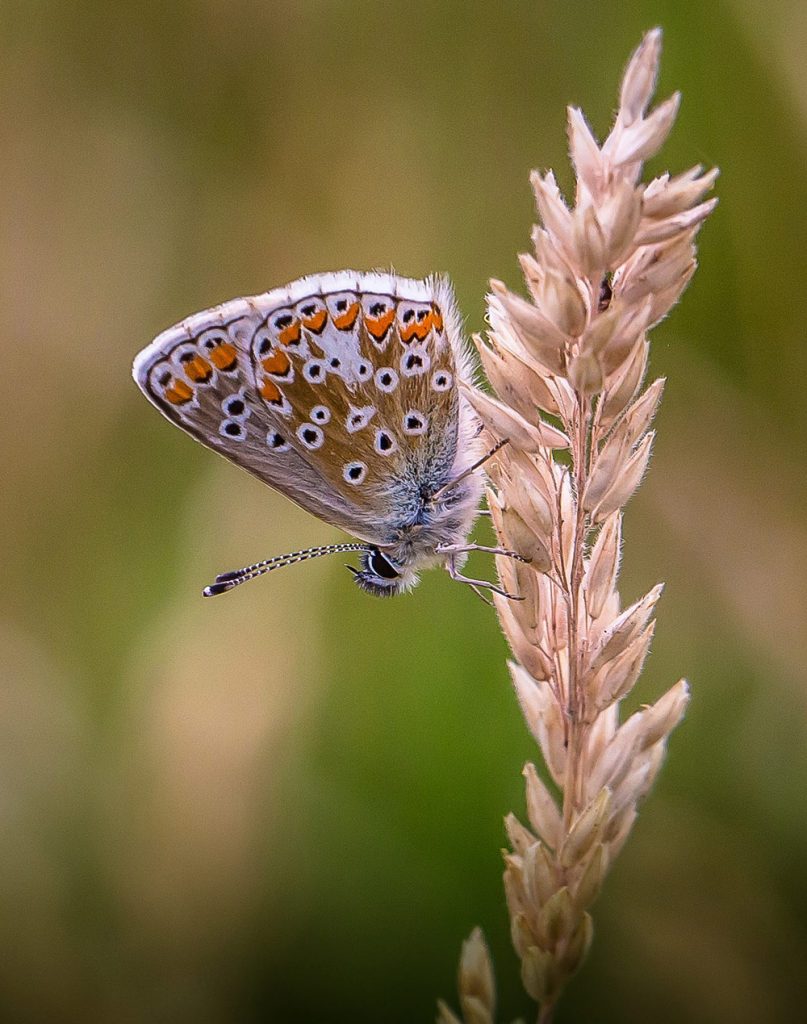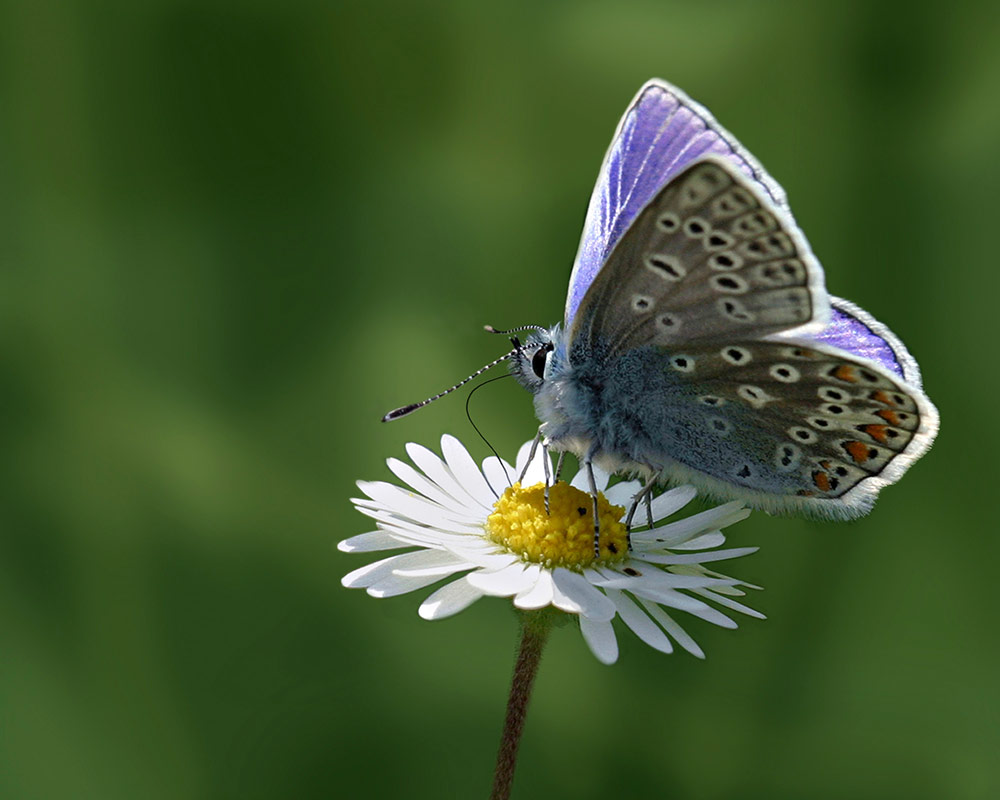Butterflies and moths are incredible creatures that instantly trigger memories of sunshine, flowers and long summer days. However, this might not always be the case: sadly, during the last century four butterfly species and more than 60 types of moth became extinct and 75% of British butterfly species are in decline. The main cause is the continued deterioration, fragmentation and loss of habitats in combination with changes in weather patterns, particularly in summer.
Butterflies can also tell us a lot about what’s going on in an area, and the Wildlife Trust in Cambridgeshire monitor their presence at many nature reserves, as well as creating conditions that each species need to thrive. They are very sensitive to environmental change and react quickly due to their short life cycles, therefore they are valuable as what’s called an ‘indicator species’, and by monitoring them the Trust can gain a better understanding of how native wildlife is likely to respond to environmental factors such as climate change (eg hotter, drier summers and wetter winters) and increased urban development.
If butterflies are in trouble, there is a good chance that a wide range of other insect species will be struggling too, and this will have knock-on effects further up the food chain.

To help halt the decline in butterflies and moths everyone can help restore their populations and for this to happen the wider countryside needs to be managed in a more butterfly-friendly way. Helping butterflies in gardens can make a big difference, and by encouraging butterflies and moths into gardens there’s a double bonus: colourful butterflies and moths, and a beautiful garden. Any garden, no matter the size, can easily attract butterflies and moths: just one vital ingredient: nectar, nectar and more nectar! By planting suitable nectar-rich plants, this will quickly attract up to 18 species of butterfly and many moths.
Butterflies can fly surprisingly long distances in their search for the right breeding site, and nectar provides essential sustenance at this time: they locate nectar flowers by following scent and colour. Generally, both native and non-native flowers are suitable as nectar sources, so there’s lots of choice of what to plant.
It is important that the nectar is accessible – simple, shallow flowers are best. Butterflies cannot reach the nectar in deep flowers such as foxgloves.

Flowers can be grouped to create a ‘butterfly border’: butterflies like warmth, so go for sheltered, sunny spot sand try to pick a mixture of plants that flower throughout the year. Obviously, don’t use any insecticides or pesticides as these will kill butterflies and many other important insects.
For summer planting many flowers work well: especially bramble, Buddleia (butterfly bush), candytuft, dandelion, golden rod, heliotrope, hemp agrimony, knapweed, lavender, French marigold, marjoram, mint, nasturtiums, oxeye daisy, perennial wallflower, purple loosestrife, scabious, sweet rocket, sweet William, teasel, thyme, toadflax, valerian and yarrow.
Looking into autumn go for alyssum, black-eyed Susan, buddleia (deadhead to prolong season), hebe, heliotrope, ivy, michaelmas daisy, scabious, verbena, yarrow. Butterflies will also feed on ripe and windfall fruit, root sap, tree trunks, cuckoo spit and even wine! Enjoy these wonderful pollinators for the next few months.
To learn how to attract butterflies to your garden here
Wildlife Trust reserves to spot butterflies
The Great Fen – the Last of the Meres circular walk passes through meadows of wildflowers where butterflies feed on nectar and glide among the flower heads
www.greatfen.org.uk/explore/walks-trails/last-meres
Upwood Meadows, near Ramsey – three beautiful ancient wildflower meadows rich in species of wildflower – and the butterflies that love them
www.wildlifebcn.org/nature-reserves/upwood-meadows
Chettisham Meadows, another ancient meadow full of wildflowers and butterflies – orangetip, holly blue, marbled white, brown argus and small copper to name but a few




